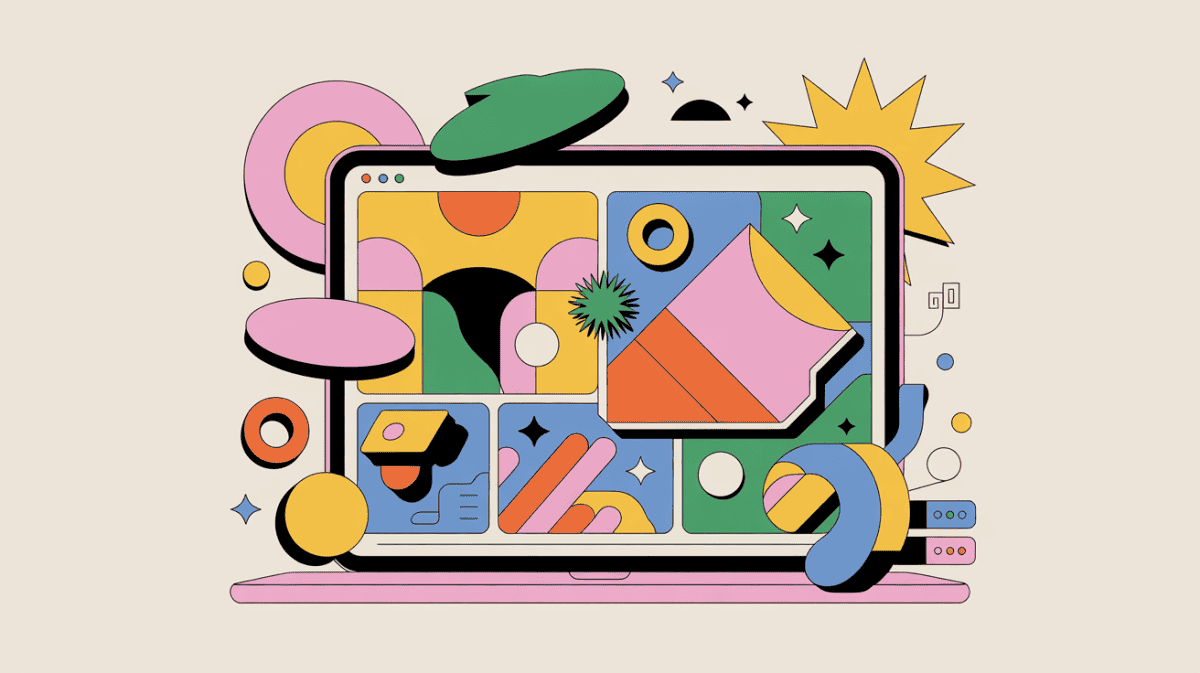The Power of Uncertainty in Creative Digital Work
Today, digital designers are surrounded by toolkits, frameworks, and predictive analytics promising to take the guesswork out of design. But in a world of growing automation and AI-powered efficiency, the most meaningful breakthroughs often come from embracing uncertainty, not eliminating it. This paradox defines our current creative moment: while technology promises control and predictability, the most transformative digital products emerge from teams willing to navigate ambiguity with intention and skill. Consider how Airbnb’s founders didn’t set out to disrupt hospitality—they simply needed to pay rent and wondered if strangers might sleep on air mattresses in their apartment. That willingness to test an uncertain premise, without knowing the outcome, became the foundation for a platform that redefined travel and trust in the digital age.
Why Predictability Is Overrated
Predictable processes scale, but can lead to safe, repetitive outcomes that mirror what already exists rather than pushing boundaries. True digital innovation emerges at the intersection of creative risk and unknown variables—where teams experiment, adapt, and improvise without the safety net of guaranteed results. The most revolutionary digital products often emerge from moments when designers deliberately step away from proven formulas and venture into uncharted territory. Instagram’s pivot from Burbn, a location-based check-in app, to a photo-sharing platform happened because the founders noticed users gravitating toward one unexpected feature—photo sharing. This wasn’t predicted by their original market research or user personas. It emerged from watching real user behavior in an uncertain, evolving product landscape. When teams operate under too much certainty, they optimize for known problems rather than discovering unknown opportunities. They build incrementally better versions of existing solutions instead of fundamentally reimagining what’s possible. In uncertain environments, designers and technologists discover unexpected user needs, uncover hidden patterns in behavior, and stumble upon insights that structured processes might overlook entirely.
Strategies for Creative Navigation in the Unknown
Successfully navigating uncertainty requires intentional strategies that harness ambiguity as a creative force rather than seeing it as an obstacle to overcome. The most effective approach starts with reframing artificial intelligence not as a tool for eliminating uncertainty, but as a collaborator in expanding the realm of possibilities. Instead of using AI to optimize for expected outcomes, forward-thinking teams deploy machine learning to surface unexpected patterns, generate novel combinations of ideas, and reveal blind spots in human reasoning. When Spotify’s algorithm suggests an unusual music pairing that becomes a viral trend, it demonstrates how AI can amplify serendipity rather than suppress it. Similarly, design teams can use generative AI to prototype concepts they never would have considered, opening doors to solutions that exist beyond their initial mental models. The key lies in establishing clear boundaries and constraints that provide just enough structure to prevent chaos while preserving space for discovery. Think of these constraints as the banks of a river—they don’t stop the water from flowing, but they give it direction and power. Teams might define user problems broadly, set technical parameters, or establish brand guidelines, then encourage exploration within those frameworks. This approach transforms uncertainty from a source of anxiety into a playground for innovation, where the most unexpected combinations often yield the most compelling results.
Building Cultures That Welcome Discomfort
Leaders who want truly original digital products must create safe spaces for ambiguity, candid discussion, and trial-and-error. This cultural transformation requires more than just permission to experiment—it demands active cultivation of psychological safety where teams can voice half-formed ideas, admit confusion, and challenge conventional wisdom without fear of judgment or career consequences. The most effective leaders model this behavior themselves, openly discussing their own uncertainties and demonstrating that not knowing the answer is the starting point for discovery, not a sign of weakness. Consider how Reed Hastings at Netflix famously encouraged employees to disagree with leadership decisions, even creating formal mechanisms for dissent. This wasn’t about being contrarian for its own sake, but about ensuring that the best ideas could emerge from any level of the organization, especially when those ideas challenged existing assumptions. Practical implementation starts with changing how teams discuss projects. Instead of status meetings focused on deliverables and timelines, leaders can institute ‘uncertainty sessions’ where teams explicitly explore what they don’t know, what assumptions they’re making, and what could go wrong. These conversations often reveal hidden opportunities that more structured planning processes miss. Shared rituals like failure celebrations, where teams publicly discuss experiments that didn’t work and what they learned, help normalize the productive discomfort that drives innovation. When Slack’s team celebrates their pivot from a failed gaming company to a communication platform, they’re not just telling a good story—they’re reinforcing that uncertainty and failure are integral to breakthrough thinking.
Conclusion: Uncertainty Is the New Edge
The next era of digital products won’t be defined by who best predicts the future, but by who can adapt, respond, and harness the generative chaos of the unknown. This represents a fundamental shift in competitive advantage—from those who minimize risk to those who maximize learning from uncertainty. Organizations that embrace this paradigm don’t just survive disruption; they become the disruptors themselves, creating products and experiences that competitors couldn’t have anticipated because they emerged from spaces of productive not-knowing. The path forward requires courage to abandon the illusion of control that traditional planning processes provide. It demands leaders who can hold space for ambiguity while maintaining direction, teams who treat unexpected discoveries as treasures rather than threats, and cultures where the most dangerous phrase isn’t ‘I don’t know’—it’s ‘we’ve always done it this way.’ The most successful digital products of the next decade will emerge from teams brave enough to venture into uncertainty with intention, wisdom, and an unwavering commitment to learning. Your competitive edge isn’t in having all the answers—it’s in being comfortable enough with questions to discover answers that don’t yet exist. Start there, and watch as uncertainty transforms from obstacle to opportunity, from chaos to catalyst, from fear to fuel for your most ambitious creative breakthroughs.


Leave a Reply